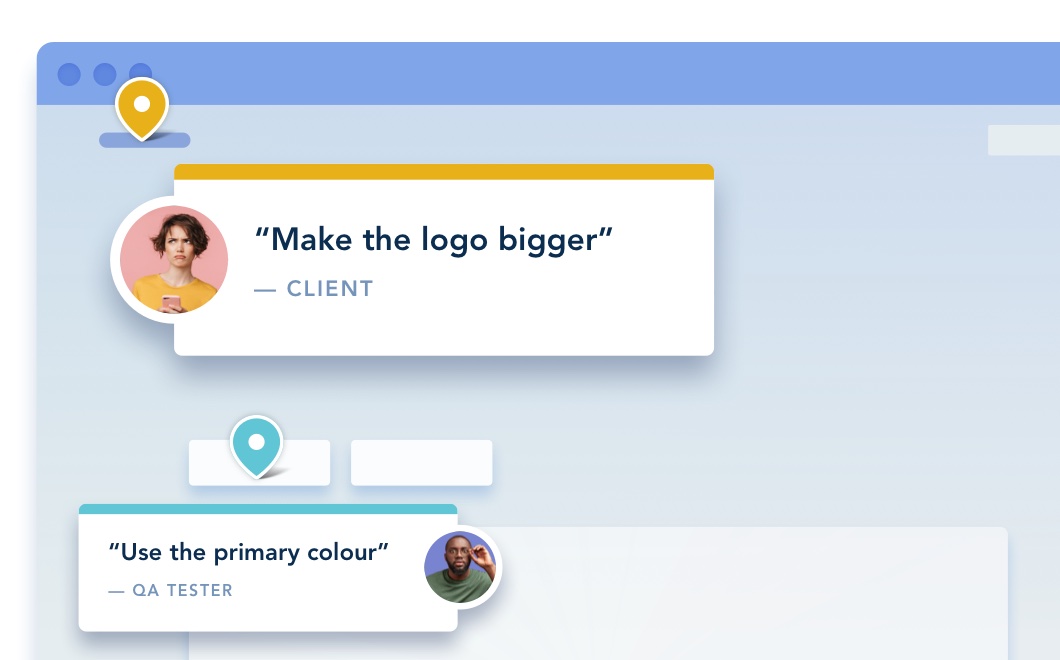Team Behaviours Are Contagious. Here’s How to Influence Them Positively

Earlier this year, Culture Amp found that web professionals in Australia reported higher-than-average scores in key areas such as Collaboration & Communication, Leadership, and Teamwork & Ownership. These strengths reflect a team culture where working together and taking responsibility thrive. However, there’s always room for improvement. So, let’s take a look at how we can foster more positive team dynamics for greater collaboration and growth.
Have you ever noticed how one person’s mood or behavior can completely shift the atmosphere of a meeting or project? That’s not just a coincidence—it’s human nature! Team behaviors are contagious, and the way we act, speak, and even feel can ripple through our team, influencing everyone around us. You can harness this power to create a more positive, productive environment. Let’s dive into how it works and what you can do to make sure the behaviors spreading within your team support the culture you’re aiming for.
Team Behaviors Are Contagious
At the core of every team dynamic is the principle of behavioral contagion. In simple terms, this means that one person’s actions or emotions can spread like a virus, influencing others to follow suit. This is especially true in teams, where shared goals and collaboration intensify the connections between people.
So, how many people need to exhibit a behavior for it to become the norm? You might think it needs to be a majority, but research (e.g. Centola et al, 2018) has shown that if 25% of a group consistently demonstrates a behavior, it can quickly become the accepted standard. But here’s the kicker: in many cases, it only takes one influential person to kickstart that change. If someone with authority or respect begins behaving differently—whether positively or negatively—it can influence the whole team.
The Science Behind Emotional Contagion
Emotions are contagious in three keyways:
Hormones in the Air: Did you know that our hormones affect not just our bodies but also the people around us? When we’re stressed, we release cortisol (the stress hormone), which we literally sweat into the air. Those around us can unconsciously detect this, leading them to feel stressed too, even without realizing why.
Facial Expressions and Mirror Neurons: Our brains are wired to mimic what we see. Thanks to mirror neurons, when we see someone smile or frown, we instinctively replicate that expression on a smaller scale. This triggers similar emotions within us. Replicating the expression helps us to recognise the emotions of others - people who can’t feel fear due to brain damage also can’t recognise this emotion in others. So, if a leader enters the room with a positive, calm demeanor, it subtly shifts the emotional state of the group. This is why emotional regulation is such a crucial skill for leaders.
Body Language: Our posture, gestures, and physical presence send powerful signals to others. Open, confident body language can promote feelings of safety and collaboration, while closed or tense body language can spread discomfort or negativity. People will often try to guess what’s causing their leader or team mate to be tense and might assume the worst… when it could be as simple as a bad night’s sleep, or something completely unrelated to work.
Behavioral Contagion: A Positive or Negative Loop
Once a behavior or mood takes hold in a team, it can create a feedback loop. If negativity spreads—complaints, blame, or stress—it can spiral into more of the same, with each person amplifying the effect. On the flip side, positive behaviors like appreciation, collaboration, and enthusiasm can create an equally contagious upward spiral, making everyone more engaged and motivated.
This is why it's so critical to be mindful of your own behavior and emotions. If you’re in a leadership position or are someone people look to - maybe you’re well connected or have been in the organisation for a long time -, your actions can set the tone for the entire team. But even if you're not in an official leadership role, the way each person contributes emotionally and behaviorally can still have a profound impact.
Create a Social Contract to Set Expectations
One effective way to steer team behavior in a positive direction is by creating a social contract. This is a simple agreement that outlines how team members will treat each other, how they’ll communicate, and what behaviors are expected during collaboration. By getting everyone to buy into a shared set of behaviors, you can align expectations and create a foundation for trust and respect.
AWIA member Luminary has been using social contracts for years. With a distributed workforce and over 25 different cultural backgrounds, a social contract empowers each and every team member to clarify their expectations and share what they need to build a work environment where they can be themselves and do their best work.
Why is this so powerful? It helps in two key ways:
Clarity: Everyone knows what’s expected of them, reducing confusion and potential conflicts.
Commitment: When people agree to something as a group, they’re more likely to hold themselves accountable and follow through.
As Luminary CEO Marty Drill explains, creating clarity and commitment around behavioural expectations helps to support an environment of trust, building psychological safety:
“We bring people together to solve problems as the group’s diverse skills and thinking are more likely to get a better outcome than an individual. The challenge is creating an environment where people feel comfortable enough to speak openly and share their ideas. For this to happen, they need an environment of trust, where they do not fear humiliation or some form of negative consequence for speaking up. Psychological safety is paramount in creating high performing distributed teams.”
Use Regular Check-Ins to Reinforce Positive Behaviors
Creating a social contract is only part of the equation. To truly maintain positive team dynamics, it’s essential to have regular moments of reflection. Fortnightly or monthly retrospectives (retros) are a fantastic tool for this. These structured check-ins provide a dedicated time for the team to:
Assess what’s working well and what isn’t
Reflect on behaviors and communication patterns
Celebrate successes and discuss areas for improvement
Revisit the social contract to see if any adjustments are needed
Retrospectives help foster a culture of continuous improvement, where team members feel empowered to speak up, reflect on their performance, and make changes. It’s also a great way to build accountability, as each person is responsible for contributing to the overall team dynamic.
Remember…
Team behaviors, both positive and negative, are contagious—often in ways we’re not even aware of. The good news is, you can influence your team’s dynamics for the better. By being mindful of how your emotions and behaviors spread, creating a social contract, and maintaining regular check-ins through retrospectives, you can foster a culture of positivity, accountability, and continuous growth.
The next time you’re in a meeting or working with your team, remember: your behavior matters, and it has the power to spark lasting change. Why not make it a positive one?
____________________________________________________________________________
For more about social contracts, take a look at Luminary’s latest article on social contracts.
Amber Gladstone is a Leadership Coach and founder of Progression, where she helps teams achieve healthy high performance, grounded in neuroscience. With a background in digital strategy, analytics, and Agile, and as a recovering perfectionist, Amber brings a balanced approach to leadership development. Amber joined the AWIA board in 2023, is currently studying neuroscience at the University of New England, and has a very cheeky Airedale Terrier called Wendy.



